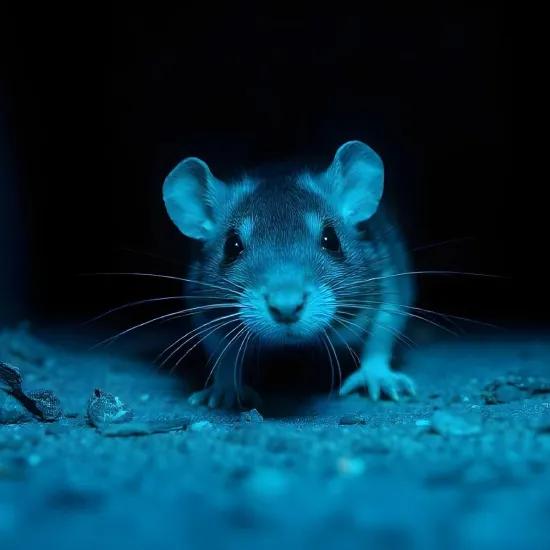Bao Living is a young construction company specialised in modular building solutions for bathrooms, kitchens, bedrooms, storage rooms and utilities. With their Smart Adaptable Module (SAM), they integrate all devices and contact points into a prefabricated piece of furniture. When the company was looking for a way to make its modular bathroom concept as circular and sustainable as possible, Sirris and the Ecocost method came up as the solution.
This marked the beginning of an innovation process where Bao Living continually made choices impacting both the economic model (value retention, life-cycle cost) and the environment (e.g., carbon footprint). They evaluated material selection, design, and the related revenue model, including take-back and reuse after the initial use phase.
'A quantitative method to compare the environmental impact of alternatives is really necessary', says Dorien Eeckhout, project manager. 'We were looking for a method that is scientifically substantiated and sufficiently accurate while also being fast and workable. That's how we came to choose Sirris and the Ecocost method.'
What is the Ecocost method?
The Ecocost method was developed by Professor Joost Vogtländer and his team at the Delft University of Technology. 'It’s essentially a simplified life cycle assessment that estimates the costs of preventing or undoing environmental damage, expressed in euros', explains Stefan Milis, project manager at Sirris.
'This approach is in line with scientific guidelines for life cycle assessment and is supported by an open-source database and even an app, Idemat. We try to draw up a simplified model for the life cycle impact together with the customer and transfer the knowledge so that Bao Living can continue to use and adapt the model afterwards.'
'We first got together to explain our product - the SAM module - in detail', says Dorien. 'Functions, life cycle phases, revenue model, materials choices and composition, production processes, etc. Sirris asked a lot of questions, to which we did not always have an answer right away. This led to further research, questions to suppliers, which helped to identify implicit assumptions or blind spots.'
Choices
- What is the basis for comparison? We calculated the life cycle impact of a bathroom over 30 years (the functional unit) - both the overall environmental impact and the carbon footprint were calculated.
- What do we include in the model and what is left out? The scope and system boundaries (e.g. the impact of water and energy use during the use phase) were the same for all the alternatives and were not included.
- Which scenarios are developed? (E.g. which components of the circular module can or will be taken back and reused?)
Application at top speed
Finally, a reasonably detailed Ecocost model was drawn up for the SAM bathroom module. We started from the materials lists (approx. 150 different items) of the original circular concept. If no impact data were available for a material, we used the indicators from similar materials, selecting those with an expected higher impact (a ‘pessimistic’ estimate).
'Typically, setting up a simplified life cycle assessment has a lead time of several months', says Stefan. 'The exact turnaround time depends on factors such as complexity, whether or not information is missing, the number of associated actions, and the time commitment at both Sirris and the client. In this case, things went very smoothly. Thanks to the data already available, the thinking that preceded our assignment and Dorien's promptness, we were able to deliver the model in only about 6 weeks. Sirris' total time commitment was just five days.'
Life cycle impact halved
'We now have a quantitative model and the associated knowledge in-house to make good and well-founded choices for further developments of our SAM', Dorien concludes. 'Thanks to hotspot analyses, we gained better insight into which materials, components and life cycle parameters represent the highest impact and which life cycle scenarios are the most attractive. We are particularly proud of the new circular bathroom modules, which have a life cycle impact of only about half of the original module. When like-minded people tackle such projects with a lot of drive, you can really achieve good results, even in the short term.'
Annual Report 2023: Another year of innovation!In 2023, we didn't just adapt, we innovated and elevated! From boosting innovation services to diving deep into energy transition and manufacturing, we've been busy. We completed over 1.200 innovation projects and highlighted 13 industrial cases in the annual report. And let's not forget our leap into Generative AI, which is a game-changer. |




